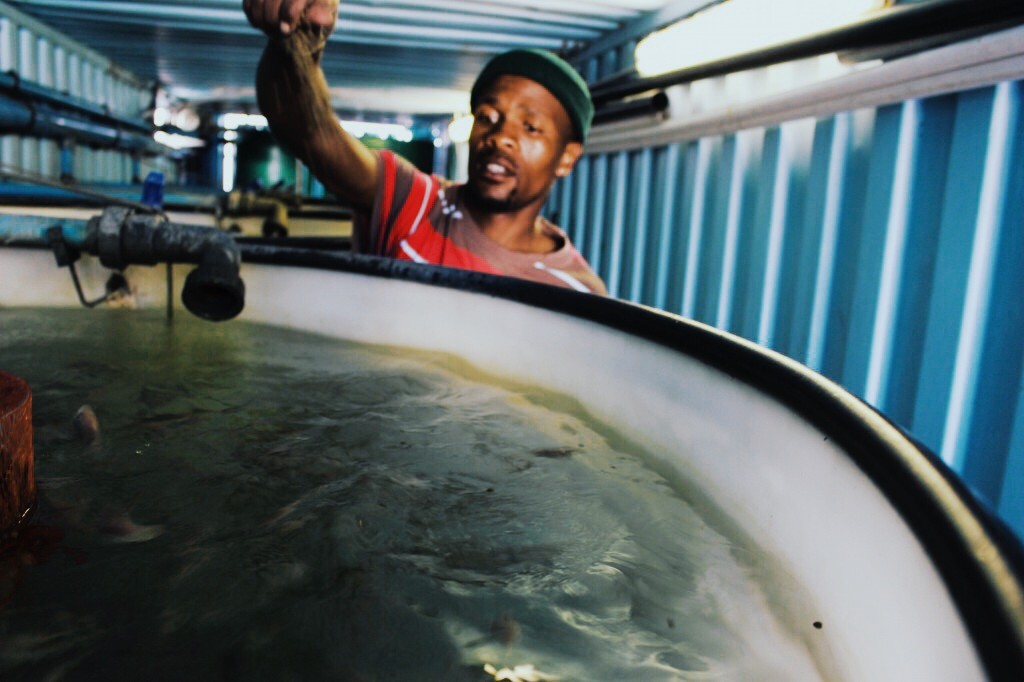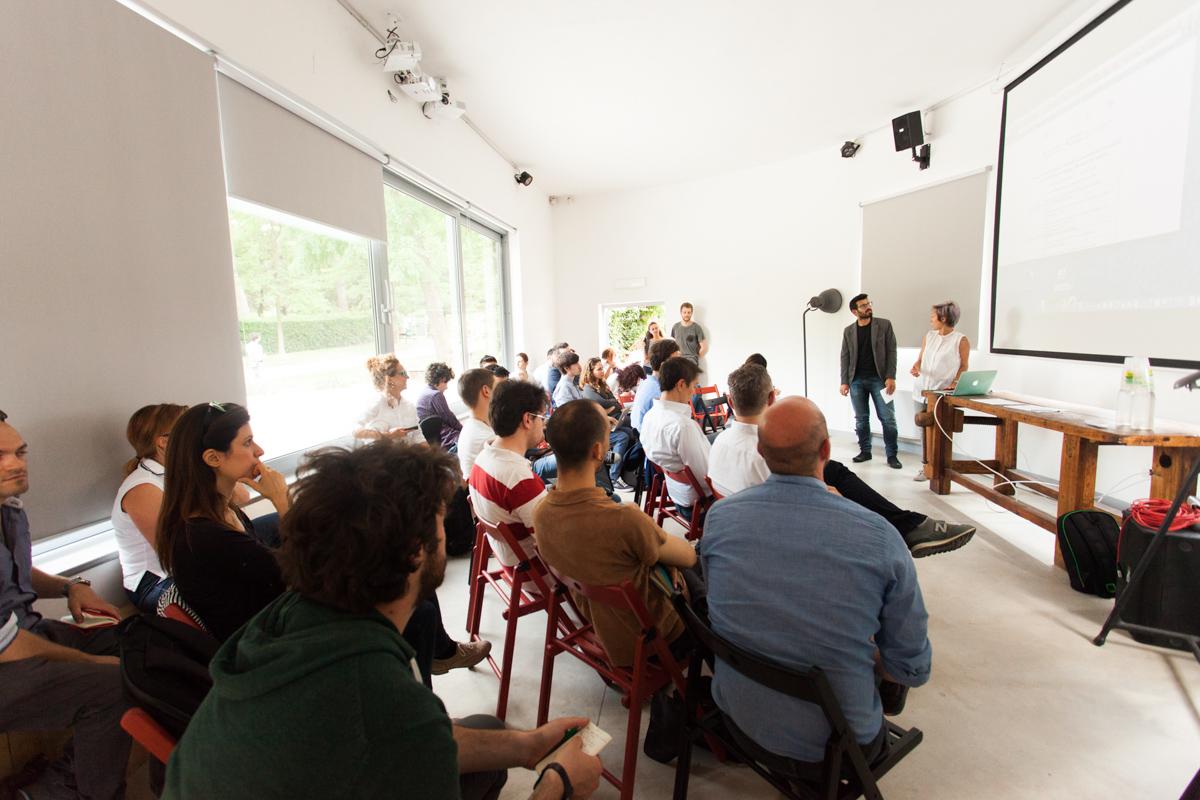Unravelling The Problems With Social Innovation In Africa

According to UNICEF, by 2050, the population of Africa will grow to 2.4 billion, the vast majority of which will be under the age of 35. In order to cater to this mass of people, the continent will have to rely on catalytic social innovation in different spheres of its economy, from education at the top all the way to water management.
What Is Social Innovation?
According to Wikipedia, social innovations are new social practices that aim to meet social needs in a better way than the existing solutions, resulting from – for example – working conditions, education, community development or health.
Social innovation includes the social processes of innovation, such as open-source methods and techniques and also the innovations which have a social purpose—like activism, online volunteering, microcredit, or distance learning.
Social innovators are springing up in different parts of the continent, yet they are hamstrung with scaling. What’s more, they experience hurdles trying to replicate their initiatives and sustaining their ideas in the wake of insufficient funding.
A good example of social innovation in Africa is the Learner Treatment Kit Project in Malawi. Run by Save the Children in collaboration with the country’s health and education ministries, the project enables teachers to test their pupils for malaria.
Another example is ABALOBI, a South African mobile application that was developed to make the life of small-scale fishers a lot easier. The full suite is made up of five interconnected apps that each work to make each stage of the small-scale fishing process more sustainable, trackable and manageable.
But even with numerous projects around the continent, social innovation in Africa is far from perfect.
An African Perspective
In 2015, 30 percent of the 3,165 entries for the Echoing Green Award were Africa-focused initiatives. Nigeria, Kenya and Uganda listed as the top 5 countries, in front of the United States and India. This signified the growing global interest for social change and profitable growth in the continent.
A host of impact investment funds alongside other funding vehicles have a strong presence in places such as Nairobi, Lagos and Cape Town, a channel to Africa for stepping on the gas on the drive towards a socially innovative continent.
There are many social innovators in Africa that remain undiscovered. However, that is but one of the many obstacles existing in the sector. The continent has a stronghold on 2 percent of patents volume worldwide.
Per figures obtainable from the USPTO, Nigeria registered only 3 patents in 2017. Since then, Africa’s most populated country has added none, but only until March 2019. By comparison, India has registered 2,356 patents while Japan has 116,934, all for the same period.
Poor Education
In Africa, 72 million children are out of school, prominently because they are too busy trying to afford education. What’s worse, 37 million children receive extremely poor education.
Sub-Saharan Africa has the highest rate of education exclusion, with over one-fifth of the children between the ages of 6 and 11 not receiving education. UIS data shows that nearly 60 percent of youth between the ages of 15 and 17 are not in class.

Shalom Dickson, Lead Visionary at Paperloops – a teen-focused fintech – and Lead Solutions Designer at internovent – a social innovation company developing solutions for developing economies – believes that poor education is part of a network of interrelated challenges facing social innovation, but a rather overwhelming one. In his opinion, the problem is a relatively simple answer one could begin to question.
“The effect of the education problem on social innovation is systematic, and could be reverse-derived. A reasonable approach is as follows: One of the key indicators of innovation is the volume of patents generated yearly.
Patents are borne from creativity and ingenuity, but what qualifies that is knowledge. As a child inventor, one of my proud creations was an oven. I did that because I got tired of eating unevenly heated corn. That was my need. The kind of oven I created had to be made with the resources available.
However, the configuration of those resources depended on my Knowledge. While it was pretty impressive by certain standards, you could contrast that with news of a barely teen-aged American prodigy building a nuclear reactor in their backyard. That’s a so-called First World Need intersecting with First World Resources and 21st century Knowledge,” Dickson explained.
Lack Of Understanding Of The Problem
According to Dickson, the poor education problem lies in perceived simplicity. The barriers to a more informed behemoth of Africans is assumed to be understood, when in fact it is not, even by those who suffer the effect.
In a place like Nigeria, complaints about the educational system have become a mere formality, so much that it is often dismissed because it comes with a familiar title. For example, most African parents are not aware – or refuse to believe – that poor parenting and in-home discipline are pillar-like obstacles to their children becoming well educated.
The problem is many problems associated with social innovation are not well understood. “A well-understood problem will be so finely explicable that the step-by-step solutions could be readily inferred.
I can assure you that the education problem is not understood by those standards. This is not due to its inherent complicated nature, but because we haven’t really committed to thinking hard about these things as a society,” Dickson underlined.
By gathering and transferring information regarding global support avenues for local innovators, Africans could become more informed about the issues facing the penetration of innovation in their societies. When technology is used, it will become more effective.
Global impact investors, fellow programs, and development partners need to play a critical part in showcasing the work of social innovators to help others understand the issues facing the sector. They need to share learning from their African experiences that could benefit other regions as well.
A Capacity Gap

Even when investors are able to identify social innovations, most of them are not ready for funding. In other words, their “theories of change” are not usually compelling enough for funders to bet their money on.
In addition, a good number of them have not been able to develop scalable and sustainable models soaked in credible impact data and backed by convincing financial statements.
Due to this, they require a great deal of external bolstering in order to match the global pace demanded impact investors and global fellowship and initiatives.
The bad news is, not many of the laid-down opportunities for innovators provide capacity-building. According to Jim Adams, Chair of DFAT’s Independent Evaluation Committee and former Vice President of the East Africa and the Pacific, the drawback to capacity building is risky and difficult.
“First, institutional change takes time. The typical five-year length of donor investment projects may make sense for infrastructure investments, but it seems very short for institutional development,” he enthused in his article Capacity Building: Important But Unsuccessful.
The global community can help local innovators build their skills to be in bed with local and international business development service providers. These institutions can offer subsidized training programs in some business schools, while providing for technical support through short-term consultancy. Peer-peer network for knowledge transfer and training can also be supported and facilitated.
The Way Forward

The start tackling the problems from the grassroots, a great deal of nitro needs to be pumped into the education sector. By building a body of knowledge from work in Africa and widely sharing it, we’d have more than a head start. However, a handful of organizations are already illustrating the promise. Kenya’s M-Pesa – a spinoff from telco firm Safaricom – is a good example.
The global pioneer in the small-value mobile payment and money transfer landscape has over 37 million active customers in 7 African countries. M-Pesa now averages USD 320 Mn person-to-person transactions a month, and its model has been replicated by enterprises in no less than five other countries.
Another example is Ushahidi, an initiative developed to map Kenyan violence reports after the 2008 post-election fallout. It provides open-source software, visualization, data collection and technology strategy across more than five African countries.
Nairobi-based tech hub iHub was fathered in a way by Ushahidi, and now has over 16,000 members from 170 companies. These innovations are just two of the many from Africa which the world needs to know about. The global community needs to broaden its knowledge about these models and using their platforms to build awareness, learning and replication.
There need to fuel solutions laser-focused on improving education, Dickson believes. The required rate of education for advanced, high-impact social innovation is a widespread Culture of Knowledge primarily in STEM, but also in the humanities which are the actual measure of social advancement.
“We cannot beat the basics. I recently created a list of ’10 Things You Can Immediately Do to Make Nigeria a Little Better ‘. In it are items like facilitating literacy in children and supporting computer programming education.
We need to think in terms of these kind of actionable solutions that simply require time and effort. It is not enough to just spend time and money on social causes. We have to intelligently choose which causes will result in a higher, more sustainable impact. This kind of data-driven pragmatism is a culture we have to imbibe at scale as well,” says Shalom.
Image Courtesy: Goodworld.me
The post Unravelling The Problems With Social Innovation In Africa appeared first on WeeTracker.
